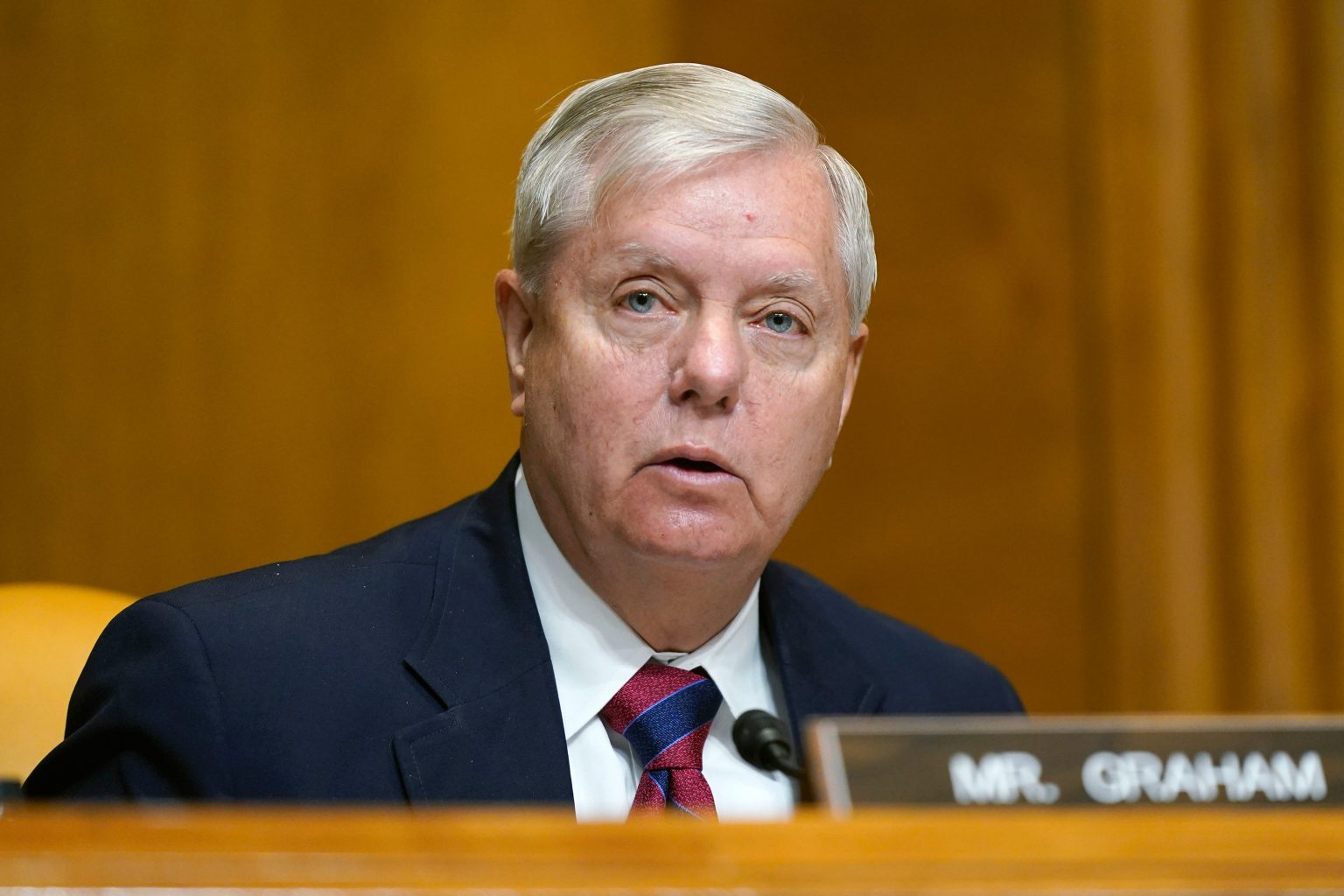The Republican Senate’s 2025 Immigration Agenda: A Focus on Transformational Border Security
Senator Lindsey Graham’s recent pronouncements signal a clear intent for the incoming Republican-controlled Senate to prioritize border security legislation in 2025. This proposed "transformational" bill, slated to be the chamber’s top priority, aims to address border security and deportation concerns, mirroring the Trump administration’s stated goals. The bill is expected to be fast-tracked through the budget reconciliation process, bypassing potential Democratic filibusters.
Graham outlined key components of the anticipated legislation, including increased detention bed space to curtail catch-and-release policies, a bolstering of ICE agent numbers to facilitate deportations, completion of the border wall, and implementation of advanced border technology. These measures collectively aim to establish operational control of the U.S. border. This focus on border security and deportation aligns with voter priorities during the 2024 election cycle, a theme resonating throughout Republican campaigns.
The Context of Immigration Reform: Past Efforts and Partisan Divides
The push for stricter border security builds upon previous Republican efforts, notably the House-passed H.R. 2 in 2023, a comprehensive border security and asylum reform bill that stalled in the Democrat-controlled Senate. Concurrent Democratic attempts at bipartisan border security legislation faced Republican opposition due to provisions perceived as enabling high levels of illegal immigration. This partisan divide underscores the challenges in achieving comprehensive immigration reform.
The Republican strategy appears to hinge on utilizing executive action for deportation efforts while seeking congressional support for supplementary resources and legislative changes to immigration law. This dual approach underscores the complexities of immigration policy, with executive authority limited in scope alongside the need for legislative action for more substantive reform.
Economic Implications of Mass Deportation: A Point of Contention
The potential economic consequences of mass deportation emerged as a contentious issue during the hearing. Senator Alex Padilla cautioned against the potential for significant price increases in various sectors, including food and housing, due to the removal of undocumented workers. This argument highlights the complex interplay between immigration and the economy, with proponents of stricter border control often focused on security and rule-of-law concerns, while critics emphasize the economic contributions of immigrant labor.
Padilla’s warning underscores the potential for wide-ranging economic repercussions stemming from large-scale deportations. He pointed to potential disruptions in the agricultural and construction sectors, predicting rising food prices and increased housing costs. This argument underscores the economic debate surrounding immigration, where opponents of mass deportation often cite the contributions of undocumented workers to key industries.
The Path Forward: Navigating the Complexities of Immigration Reform
The anticipated Republican border security bill faces an uncertain future, with the potential for significant partisan battles. While Republicans appear determined to prioritize border security and deportation measures, Democrats are likely to resist policies they perceive as harmful and counterproductive. The path forward may involve complex negotiations and potential compromises, as both sides grapple with the multifaceted nature of immigration policy.
The focus on border security in the upcoming legislative session signifies a renewed emphasis on immigration enforcement. However, achieving comprehensive immigration reform, addressing issues such as visa backlogs, pathways to citizenship, and the future of DACA recipients, likely requires bipartisan cooperation and a willingness to address the various dimensions of this complex issue. The upcoming legislative session promises to be a testing ground for the future direction of U.S. immigration policy.

